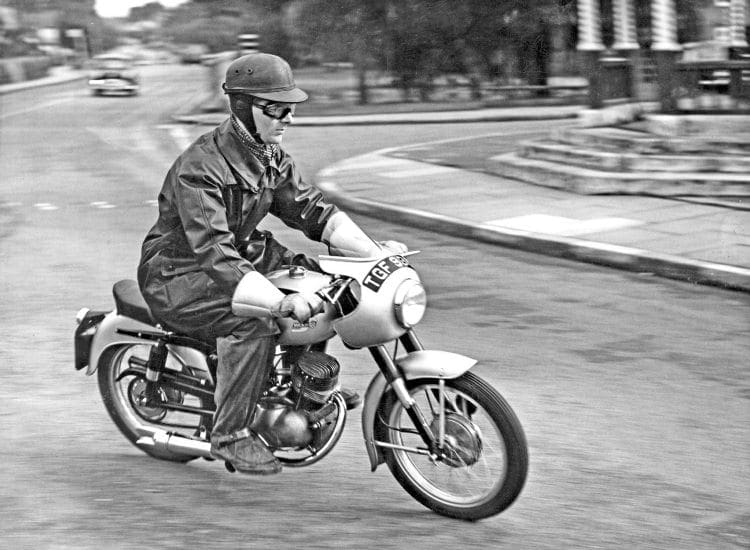Mention ‘Ducati’ and we think ‘Multistrada,’ ‘Panigale,’ ‘Monster’, or perhaps 916, 888 or 750SS. Earlier, and our minds conjure up images of Mach 1s and Elites. But Ducati began manufacturing 50cc cyclemotors and for decades built a range of under 100cc models from the superb to the, well, less desirable…
Words: Richard Rosenthal Photographs: Mortons Archive
Adriano, Marcello and Bruno Ducati, along with their successful engineering father Antonio, established the company Società Scientifica Radio Brevetti Ducati in Bologna on July 4, 1926, to manufacture radio components. Former physics student Adriano handled technical development and production; Marcello, design; and Bruno, management and company finance. The business thrived, enabling them to move to a new site in the Borgo Panigale region of Bologna.
Enjoy more Classic MotorCycle reading in the monthly magazine.
Click here to subscribe & save.

Unfortunately, as for so many, the Second World War was unkind to the company who’d lost machinery to the Germans, while Allied bombing largely reduced the factory to rubble. Despite enterprising efforts, it was declared bankrupt on December 1, 1947.
Without delving too much into politics, the company was considered a significant asset and restructured by a consortium predominately comprising the Italian government and the Vatican. As a result, management passed from the brothers to Fondo Industrie Meccaniche (FIM) and L’Istituto Mobilaire Italiano (IMI) and for better or worse, the business was under the control of the Italian Government. The Bologna plant was rebuilt to concentrate on cameras, cinema equipment and Cucciolo production, while electronics and associated products were manufactured in Milan.
During 1953, the company’s management (read ‘Italian government’) took the decision to split it into two distinct businesses: Ducati Elettrotecnica (much later Ducati Energia) and Ducati Meccanica SpA, the part we’re interested in. Over the decades, Ducati has enjoyed good times and rough rides but it survives and thrives under the ownership of Automobili Lamborghini SpA, in turn a subsidiary of Audi AG, part of the German Volkswagen Group. The current ownership chain may seem complex enough, but many earlier dealings pre the Audi connection were much worse, so we’ll omit them!
Read more in the June issue of TCM – on sale now!
Advert
 Enjoy more The Classic MotorCycle reading in the monthly magazine. Click here to subscribe.
Enjoy more The Classic MotorCycle reading in the monthly magazine. Click here to subscribe.



